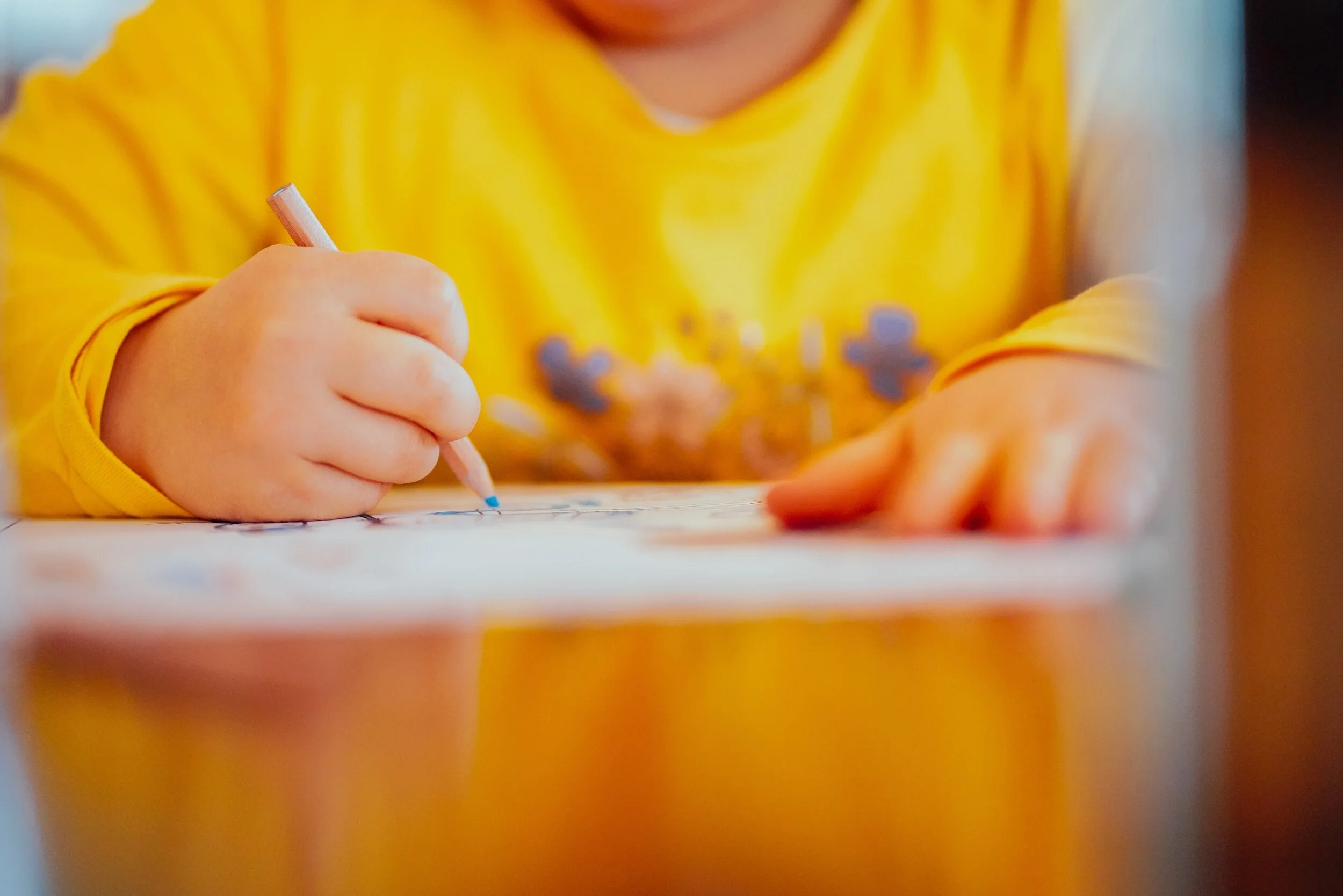Anxious. Frustrated. Helpless. Overwhelmed. Tired. Stressed. Angry. Scared. Did I mention tired? You’re probably feeling all of these emotions, at the same time. You probably want to crawl into bed with your children and pull the covers over you and not get out until the COVID-19 crisis has passed. Actually, you’ll just set your kids up with an unlimited stash of cheese-its and sit them in front of the TV, while you escape to bed with the covers pulled over you. You’ve been spending ALL DAY with them, and it would be nice to get a little break.
Parents all over are struggling. No one ever imagined they would be stuck at home all day with their children for an unknown period of time. Because the situation we’re in is unimaginable. And yet, here we are. And parents are trying to just get through, one day at a time.
Google “Surviving COVID-19 with Children”, and the number one piece of advice you’ll get is to create a routine. The experts say that children thrive on routine. It creates a sense of safety. Routines make transitions easier. When children know what to expect throughout their day, they’re less likely to act out. Well, the experts are right. Routines are great. But what do they actually look like and how can you make a routine that works for your family?
6 Tips on Creating a Routine That Works for Your Family
Tip #1: Be Realistic
Your home routine does NOT need to mimic your child’s school routine. You are not a teacher (unless you are a teacher, and then kudos to you!). The living room is not a classroom. This is especially critical for parents who are juggling working from home and caregiving.
Think critically about what a realistic day looks like for your family and set some achievable goals. What’s really important for you as a family right now? If it’s spending time outside, or getting exercise, then embed these activities into your routine. If there are times during the day when work needs your undivided attention, then think of activities that your child can do at the same time. This might mean screen time, and that’s ok. The trick to creating a routine is finding a schedule that will work.
Tip #2: Customize the Routine for Your Family
Your family’s routine will be different from your neighbor’s routine. Every family is different and your routine should be customized to meet your own needs.
Some children need more structure than others. If your child thrives on structure, try to develop a routine that can stay relatively consistent across days. Think about how long your child can sustain attention on one activity. Some children might be content playing legos for hours, while others might need to switch activities after 15 minutes.
Tip #3: Embed Child Choice into Your Routine
Establishing a routine does not mean all work and no fun for your children. Depending on your child’s developmental level, they might be able to participate in creating your family’s routine. Ask them what their favorite activities are at school and try to embed those into your routine.
For younger children, give them a choice between two activities. “It’s time to play. Do you want to play trains or blocks?” You can also embed free choice times into your schedule, so the schedule might look like this:
Lunch
Quiet Time
Ben’s Choice
Clean Up
Having some free choice times throughout the day allows your children to assert their independence in a constructive way.
Tip #4: Write Down Your Routine
How do you keep track of everything you have to get done? I don’t know about you, but I rely completely upon my calendar and to do lists. Without them I would be lost. I love seeing everything in one place. And there’s nothing more satisfying than crossing something off of my list. I remember when I was really stressed at college and I would add things to my to-do list like “Eat Lunch” and “Shower”, just so I knew I could cross something off of my list. Well, COVID-19 has brought me right back to those days.
Children also benefit from seeing their schedule in a visual format. For children that can read, you can write it out. For children who can’t read, I recommend using basic pictures. You do not need an art major for this. An “apple” to represent lunch time will do just fine.
And don’t forgot the satisfaction of crossing things off. Your child might like this too. Add a check box next to each activity and give them a sticker or a smiley face after they complete it. Just remember, you don’t need to get fancy here. A laminating machine is not required. A piece of scrap paper or white board will suffice.
Check out this video to see how to make an easy schedule for your child.
Tip #5: Order the Activities
Think critically about the order of activities in your child’s schedule. What’s the one thing that your child has to do every day that’s always a struggle. Maybe it’s reading. Well instead of reading when your child is tired and cranky, could you do it earlier in the day when they’re less resistant? Also, you don’t want your child to have to transition from something really fun, to an activity that they don’t like. Instead, flip the order and have the non-preferred activity come BEFORE the preferred activity. So, if your child really struggles with reading, but enjoys arts and crafts, structure their routine so that reading comes right before arts and crafts. This will give them something fun to look forward to.
If your child still struggles with completing non-preferred activities, check out these tips on promoting compliance without yelling.
Tip #6: Flexibility
This might seem counter-intuitive. Of course, it would be great if your family could follow the same routine Monday through Friday, but that might be really hard to achieve. It’s ok if you can’t follow your routine to a tee. When your schedule doesn’t go as planned, model flexibility for your child. Teach them that it’s ok to move things around on their schedule.
One of the most important take-aways during these times of high anxiety is to be extra patient with yourself and with your child.
I hope you found these tips helpful in creating a routine that works for your family.
If you’re interested in learning more or want to schedule a time to talk about your specific concerns feel free to contact me for a free phone consultation.
About Me
Alissa Greenberg, PhD, BCBA-D, has extensive experience working with parents and helping them address their child’s challenging behaviors. As a licensed psychologist and Board Certified Behavior Analyst at the doctoral level, Alissa uses Behavioral Parent Training when working with families in the Bay Area and beyond. She’s also available for telehealth parent training sessions for families throughout CA. Contact her at info@focusedbehavioralsolutions.com or 925-800-3398 to schedule a free consultation.
Please note that many states are waiving state licensure requirements during COVID-19. This means that you might be able to work with a licensed psychologist who lives in another state. If you have questions, please reach out.
This blog is not intended as therapeutic or clinical advice. If you’re in need of support, please consider speaking to a professional.



